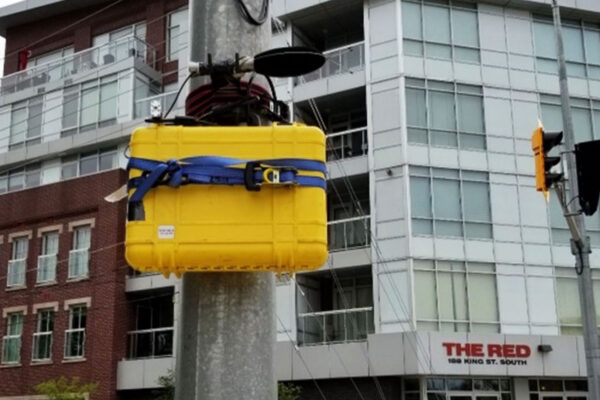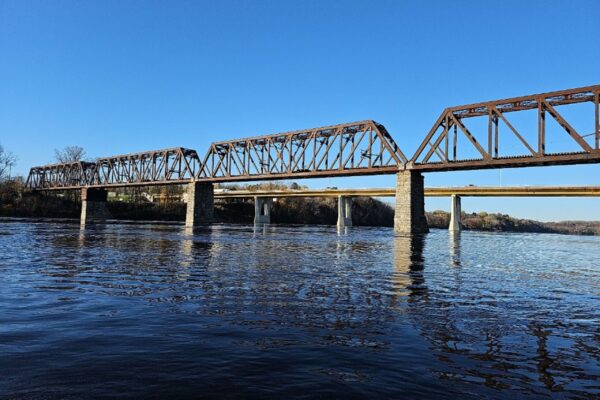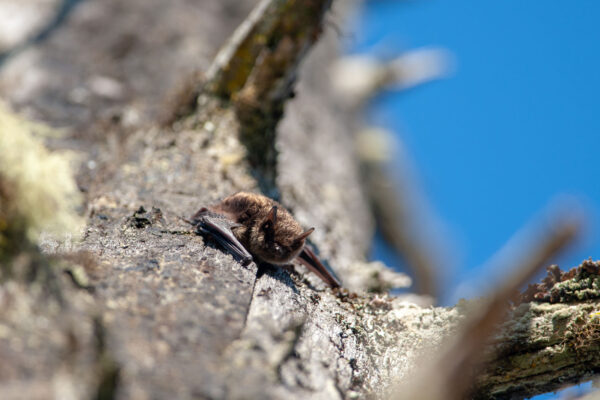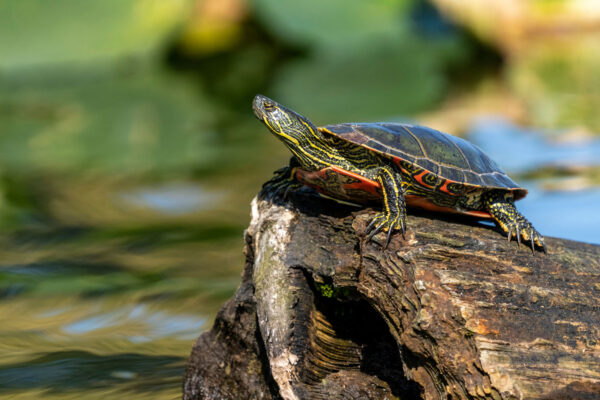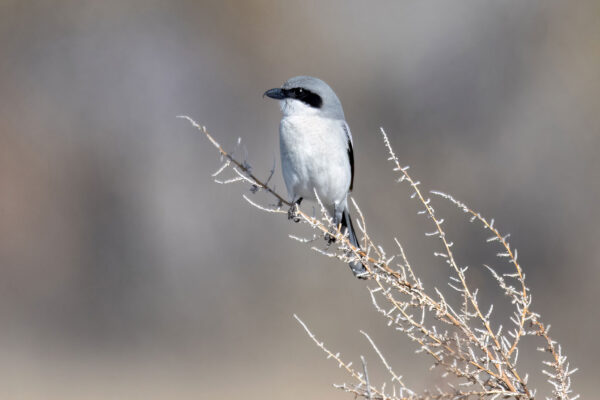High Frequency Rail
hfr-tgf
High Frequency Rail
hfr-tgf
A wildlife tracking study focuses on tracking mammal footprints to identify furbearers and ungulates. This study will help HFR planners to protect mammals while building and operating the new railway.
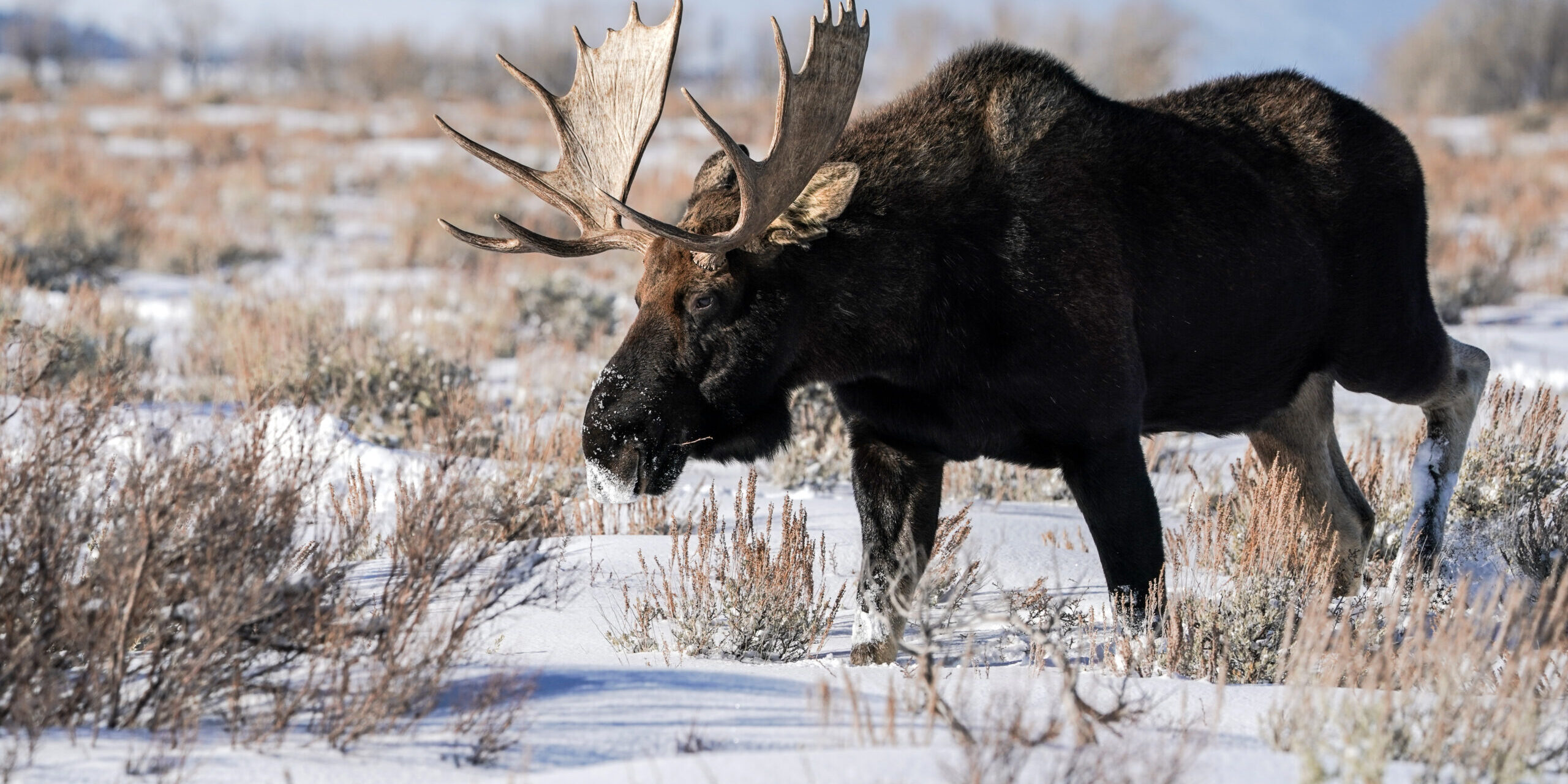
Where are wildlife tracking studies taking place?
The 2024 wildlife tracking studies will take place along sections of existing railway routes in Ontario, from Twin Elm up to Ottawa and down to Vars, and in Québec near Laval to the 740 highway in Québec City.

More to Explore
High Frequency Rail
hfr-tgf
Stay updated.
Keep up to date with the project's development by subscribing to our monthly newsletter!

Quick Links
Legal
© VIA HFR - VIA TGF Inc. 2023

